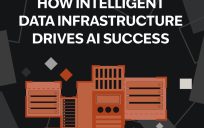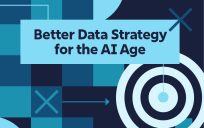The use of AI in the workplace is accelerating, and forcing change, as agencies strive to integrate it into their organizational structure. But as with any technology — especially one that is growing faster than accompanying regulation — questions have arisen about how AI should be used, and even whether it’s necessary. If it is, what impacts will it have on staffing and job roles as this future rapidly approaches?

In the library world, AI has been a concern for some time, given increased budget constraints and the idea that AI can assume essential tasks currently performed by staff. Libraries already have to fight the notion that they are obsolete institutions. Critics often point to AI as a tool that can replace human labor more cheaply and effectively. That viewpoint misses important context. In an age where the public worries about misinformation in popular culture and copyright issues steadily increase, AI can also be a risky application that increases these tensions.
But I digress. The subject that concerns me here is the use of AI as a management tool. I have heard more colleagues in recent years share tips and tricks for using AI tools. For example, some are using AI tools for assistance in writing difficult performance reviews; others have suggested it can assist with tasks such as documentation. From training and support staff issues to project management, a host of tools, apps, and services are now available. But should we be using them?
Not having a broad knowledge of this field myself, I don’t have a response to this question. Articles abound about the positive merits of AI. In an article on LinkedIn, Dr. Annika Streiber argues that the industrial age “…treated employees as cogs in a machine, focusing on repetitive tasks with minimal skill development. The AI era values continuous learning, driven by rapid technological advancements. Managers now prioritize upskilling and reskilling programs to ensure employees stay relevant in a fast-changing environment.”
Conversely, in a piece for the Virginia Tech Engineer, assistant professor Eugenia Ro wrote: “There is a potential risk of diminishing critical thinking skills if users depend too heavily on AI-generated content without scrutiny … It is imperative that we approach the adoption of [AI] with a balanced perspective, understanding their subsumed biases and risks and ensuring that they complement human intelligence rather than replace it.”
But as AI gains ground, my earlier question, “Should we be using AI tools?” may not be the right question at all. Rather, the question is rapidly becoming, “How will we use it both effectively and ethically?”
So where do we go from here? Like it or not, AI is here to stay as more and more corporations adopt these mechanisms to monitor and/or manage everything from customer interactions to industrial processes. In the library world, some proponents have suggested that, “It is logical to anticipate that libraries will adopt AI in ways which either align to existing roles, strongly link to user need or demand the least resource.” While this does not address specific management issues, it does demonstrate an evolving landscape for my profession that is both exciting as well as challenging.
From an accessibility viewpoint, the potential of AI could be transformative for our customers. But from an operational perspective, the possibility of integrating it on any level within the organization raises concerns about how it will affect budgets and processes. So I leave you with this final question: Has your agency starting using AI models? And if so, how is it ensuring the long-term sustainability of the AI system alongside the continued growth and well-being of its employees? I’m eager to hear your thoughts.
Erin Farquhar is a Branch Manager for DC Public Libraries in Washington, D.C. Erin holds a bachelor’s and a master’s degree in English Literature and Folklore, as well as a MLIS. She has worked in quite a few of DC’s wards, and enjoys working with the varied communities and rich cultural heritage she serves.
Erin has stated, “Now, as a manager within this infrastructure I look to further develop the practices of strategic thinking and plan implementation. As libraries continue to develop their social role in order to build strong vibrant communities, I would like to mirror this direction in order to help shape the ideas and perspectives that are central to an innovative society. Any metamorphosis can be a slow process but a caring workforce reflects the commitment of all its employees.





Leave a Reply
You must be logged in to post a comment.